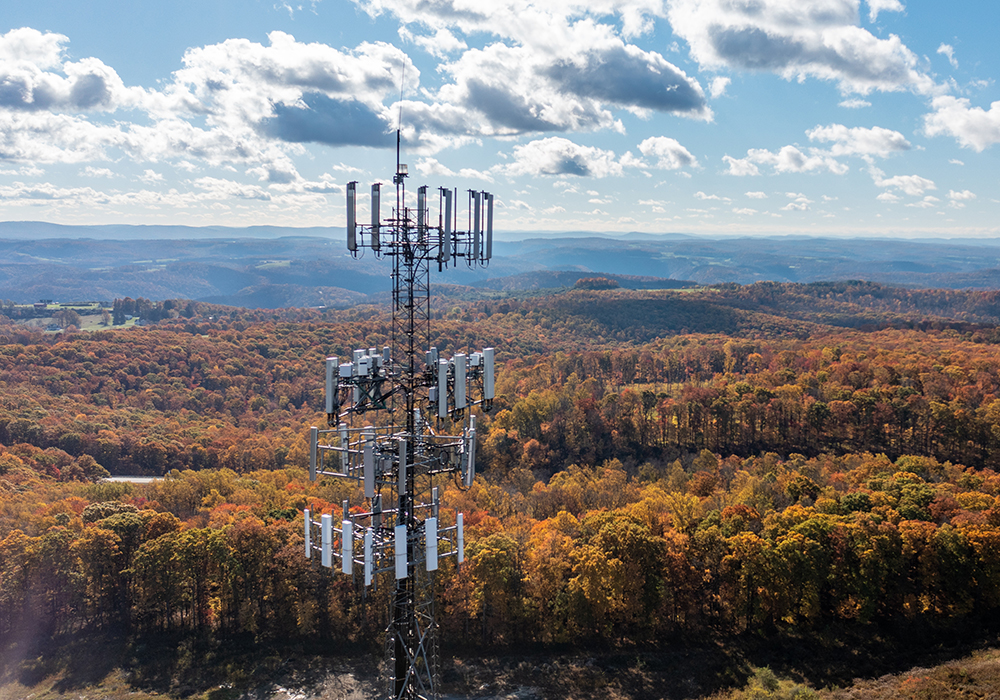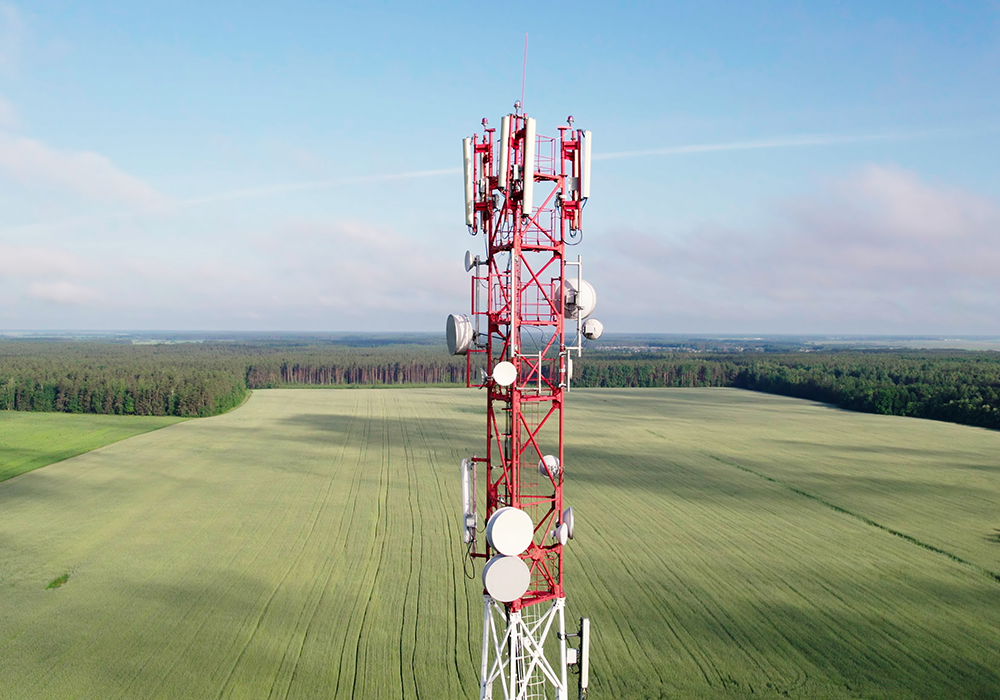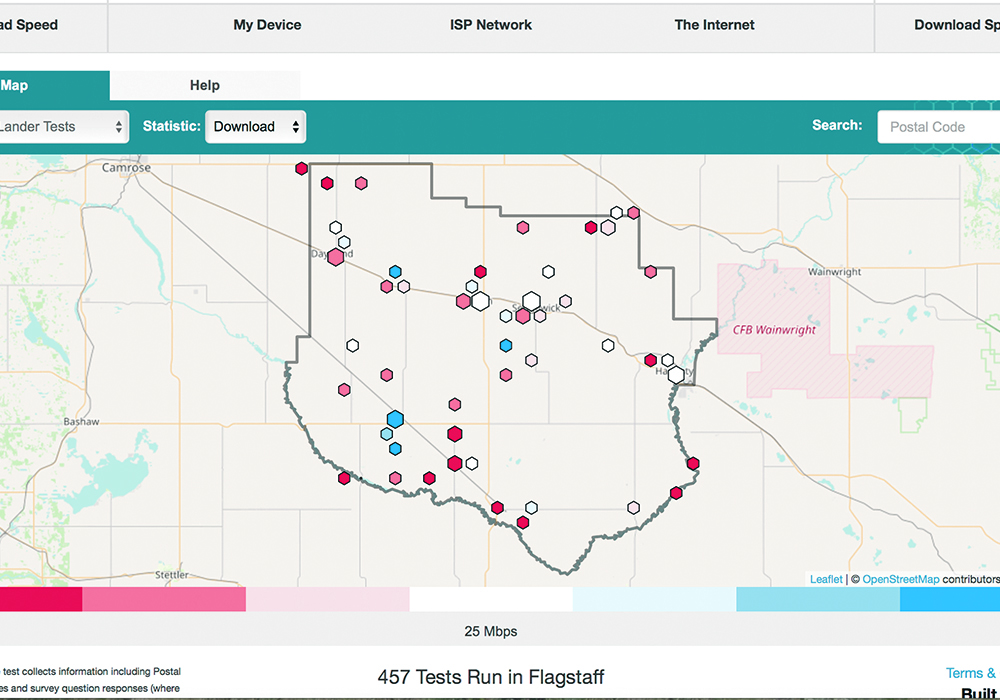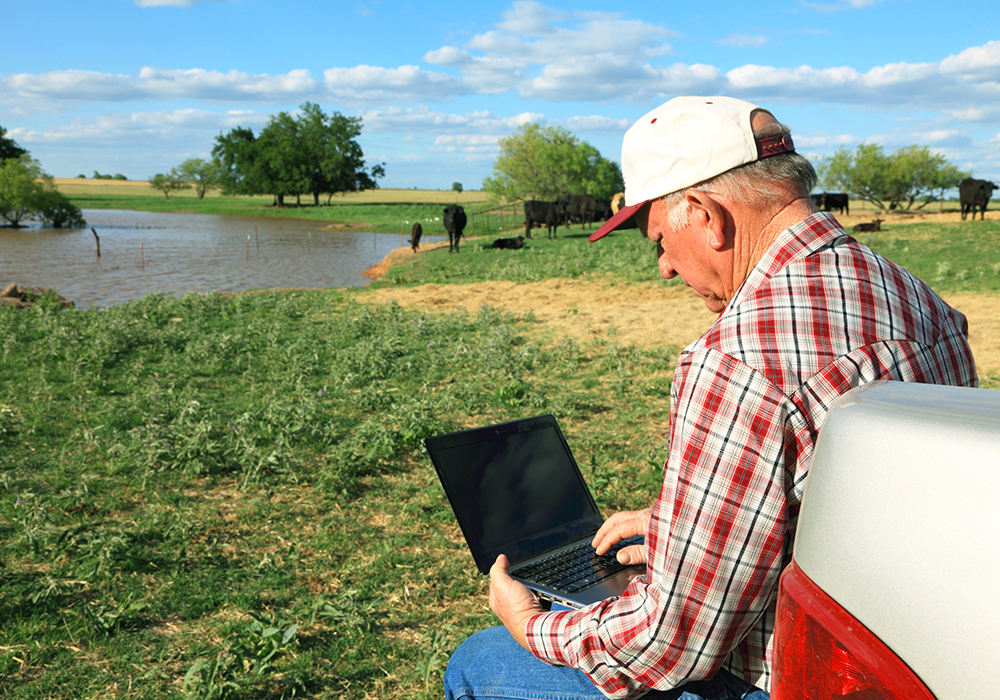The Alberta government will be providing an extra $240 million to expand broadband internet for rural residents during the next four years.
“We’ve seen what it means in certain rural and remote parts of the province not to have access to adequate high-speed internet,” premier Jason Kenney said during a recent news conference at a public library in Innisfail, Alta.
COVID-19 restrictions affecting in-person services such as education have revealed the depth of the digital divide affecting rural Albertans, he said.
Read Also

Canadian Food Inspection Agency extends chronic wasting disease control program consultation deadline
Date extended for consultation period of changes to CWD program
“I’ve heard stories about kids whose parents have brought them to parking lots outside of libraries like this, or to Tim Hortons, just so they could get access to high-speed internet.”
The provincial government announced in 2021 it was providing up to $150 million to expand rural broadband. The latest announcement raises that total to $390 million.
The digital high tech and innovation sector represents much of the world’s future economy, said Kenney.
“And we need to ensure that every Albertan regardless of where they live has a chance to participate.”
Last year’s $150 million was equally matched by the federal government. Provincial officials have been working on getting matching funding for the additional $240 million, said Service Alberta Minister Nate Glubish.
He was “cautiously optimistic that we’ll be able to have an exciting announcement on that very soon.”
Funding from both levels of government will in turn help potentially leverage hundreds of millions of dollars from telecommunications and internet companies that will be building the infrastructure, he added.
Kenney said total government and private funding “could be upwards of a billion dollars.” It could cost as much as $1.2 billion to provide broadband for all rural Albertans, Rural Municipalities of Alberta president Paul McLauchlin said last year.
However, Kenney said the investment could in turn boost the province’s economy by up to $1.7 billion, along with five percent growth in gross domestic product in the agriculture sector through better access to ag tech.
The increases are expected to be reached three years after achieving universal coverage and adoption of services.
“We’re talking here about 2,000 long-term service industry jobs that will be created, we estimate, in rural communities. And up to 40,000 Albertans without access to a primary health-care provider (who_ may have improved access to telehealth, and the cost to deliver these services will be reduced, while more than 120,000 students will have improved access to remote education.”
McLauchlin said at the news conference that access to broadband is the number one issue facing Alberta municipalities and counties “from the north to the south — the good folks in Mackenzie all the way down to 40 Mile.”
Only about one in 10 people in rural municipalities currently enjoy download speeds of at least 50 megabytes per second (Mbps) and upload speeds of at least 10 Mbps, he said. Meanwhile, about 80 percent of Indigenous communities lack access to reliable high-speed internet, said a provincial statement.
Although the federal Canadian Radio-television and Telecommunications Commission set a goal in 2016 for all Canadians to have 50/10 service by 2030, about 489,000 Albertans living in 201,000 households fail to meet this standard, added the statement.
The Alberta Broadband Strategy, which was published in January, said median download speeds in rural communities can be as low as five Mbps compared to 135 in urban centres. The strategy commits the provincial government to achieve 100 percent broadband connectivity for all Albertans by the end of the fiscal year for 2026-27.
Kenney said his understanding is that more than 99 percent of households will meet the 50/10 standard in four years.
“This is a very big province, so I doubt we’ll ever fully reach 100 percent. There’s always going to be some extremely remote trappers’ cabins and some very remote Indigenous communities that are very hard to get to and service.”
However, Glubish was “very optimistic that some of the recent advances in low-Earth orbit satellite technology will help us to reach even some of those most remote places.”
The first two of the four years will focus on “the most obvious low-hanging fruit, while also balancing aspects of regional fairness because we do need to make sure that every corner of the province is going to see benefits and results from this initial investment.”
The earliest stages will include Indigenous communities, he added. “And stay tuned for more on that very soon.”
Contact doug.ferguson@producer.com
















